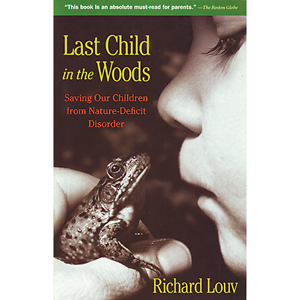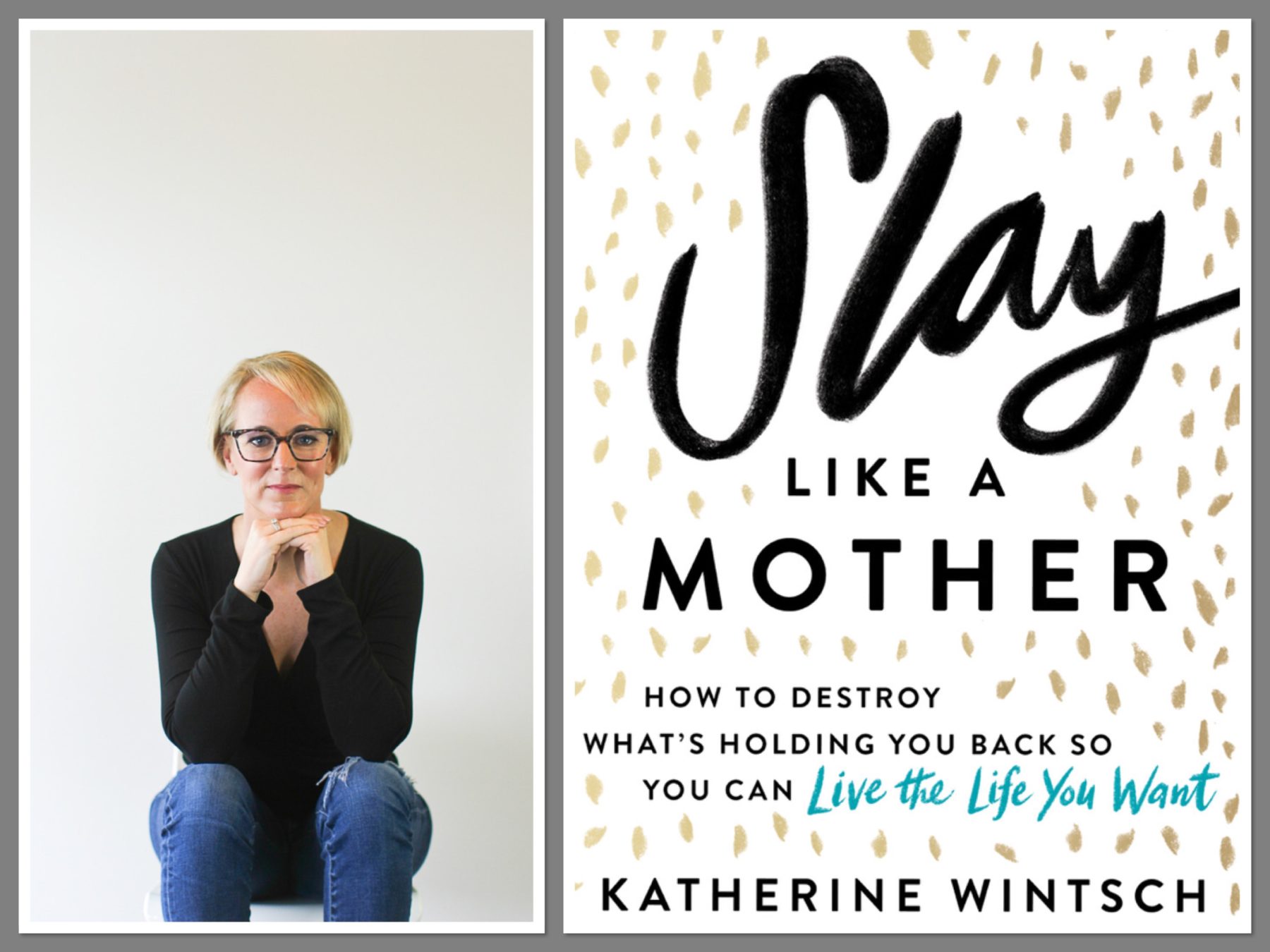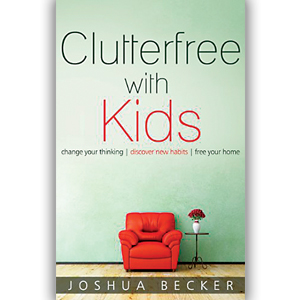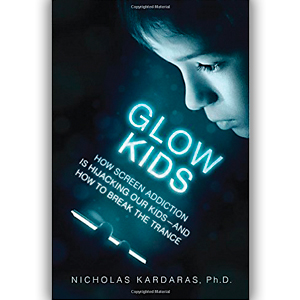
Last Child in the Woods – Saving Our Children from Nature-Deficit Disorder
 If anyone’s kids should play outside, it should be mine. My husband and I met in the Ecuadorian rainforest. He was a Peace Corps volunteer, managing the biological reserve where my Earthwatch Expedition took place. I had signed up for this volunteer vacation because ever since a memorable trip to the Bronx Zoo in fifth grade – where the chimpanzees threw their poop at us – I had dreamed of seeing monkeys in the wild.
If anyone’s kids should play outside, it should be mine. My husband and I met in the Ecuadorian rainforest. He was a Peace Corps volunteer, managing the biological reserve where my Earthwatch Expedition took place. I had signed up for this volunteer vacation because ever since a memorable trip to the Bronx Zoo in fifth grade – where the chimpanzees threw their poop at us – I had dreamed of seeing monkeys in the wild.
While I had the time of my life in the jungle, I’m not exactly the rugged type. My kindergarten teacher had to inquire about play clothes, as I never wanted to dirty my dresses or patent leather shoes at recess. Despite my best efforts, as my daughters get older, they are beginning to follow in my footsteps, opting for indoor art projects and quiet reading time on the couch. So, in honor of Earth Day, this month I’m reading Last Child in the Woods: Saving Our Children from Nature-Deficit Disorder by Richard Louv.
Here’s what I love about this book. Richard Louv convincingly connects everything from obesity to Attention-Deficit Disorder with our removal from nature. Not only does Louv address how parents sabotage nature-child relationships with their “best intentions” but he also uses persuasive research to prove parents need to worry more about what their children miss out on by avoiding nature than the Bogeyman. In addition, compelling statistics demonstrate the need for more environment-based teaching in our schools.
With the nice weather we had this week, it was easy to shoo the kids outdoors. Still, the reality is, with the sunshine here to stay, I know my daughters’ enthusiasm will begin to wane and they’ll start to wander back indoors. Then, what do I do?
Richard Louv agrees that it’s not my job to entertain them while in the backyard, but he argues it is to their benefit to urge them outdoors. According to Last Child in the Woods, “In the United States, children ages six to eleven spend about thirty hours a week looking at a TV or computer monitor. This study (by the Centers for Disease Control) also found that the amount of TV that children watched directly correlated with measures of their body fat. The television to junk food obesity correlations are not as direct as they might seem. For example, the obesity epidemic has coincided with the greatest increase in organized sports for children in history. What are kids missing that soccer and Little League cannot provide? Generalized, hour-to-hour physical activity is the likely absent ingredient. The physical and emotional exercises that children enjoy when they play in nature is more varied and less time-bound than organized sports.”
A true “green hour” is unstructured play in the natural world that does not involve man-made objects. It’s building a fort out of branches, not popping up a Dora tent. It’s balancing on a tree trunk, not hanging from the monkey bars. And it’s turning over rocks, not kicking around a soccer ball. These days, how many kids really know how to keep busy outdoors without store-bought distractions?
While my experience in the jungle changed me in many ways, the reality is my attachment to nature is extremely romantic. I do my part to take care of the planet, but I fail to actually enjoy it. So I’m thankful that Louv does more than raise alarm but “offers practical solutions to heal the broken bond between child and nature.” Perhaps, it’ll work for parents as well.






